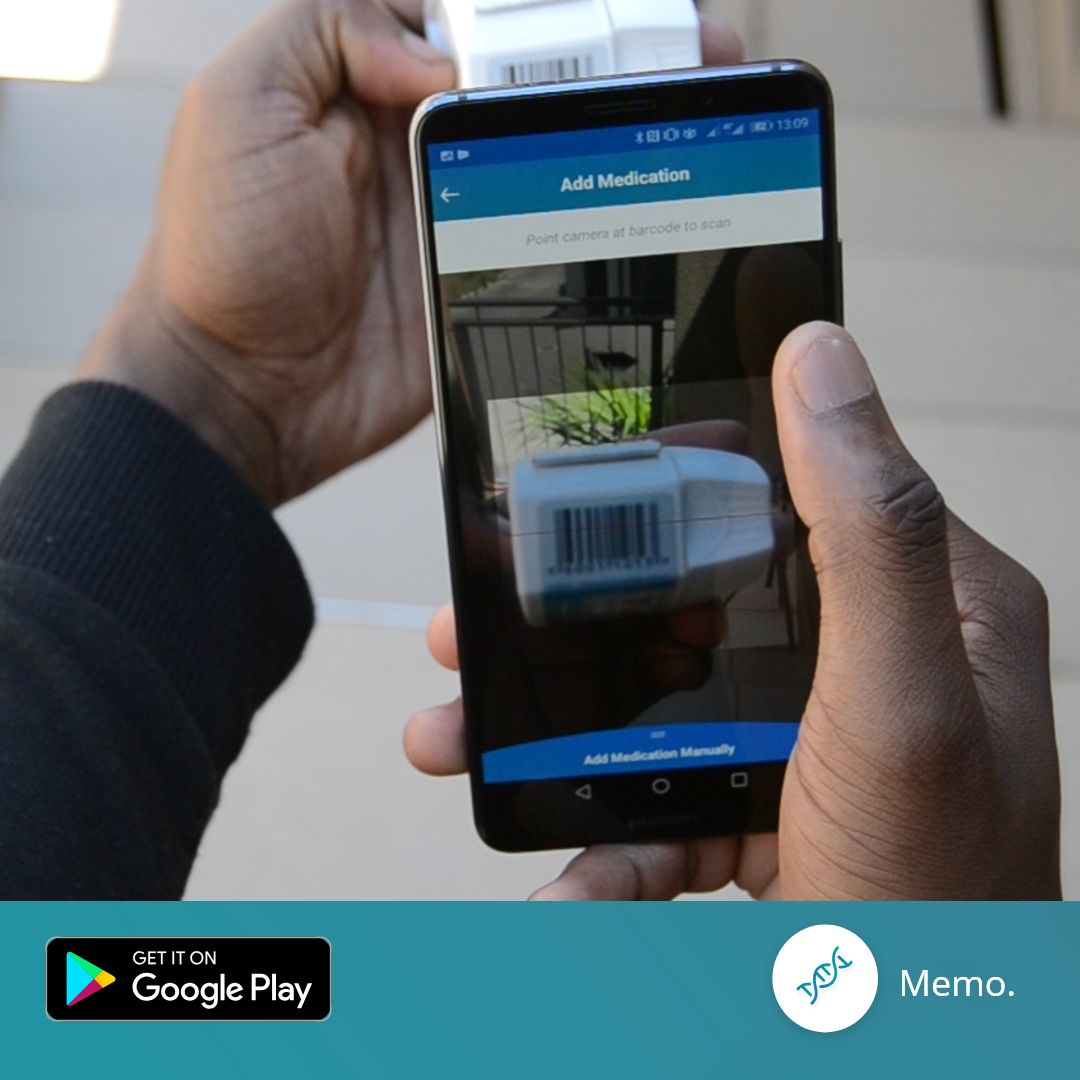“Our Community is Dripping with the Blood of its Own Children”
“Earlier at the soccer field I had met two students. When asked about the man that they had burned here, one backed away, reluctant to talk about the events he had witnessed. But the other willingly said: “I didn’t agree with it. They [the mob] should’ve called the police first.” I now continue with Thandi away from the field towards the busy main road of Nkanini to question other residents about mob justice. Everyone I approach seems to know something, but no one will say anything. “I heard about it but I wasn’t there” sums up the common response. A BBC News Africa of 2011 quotes South African police statistics that showed that “of the 46 killings committed on an average day in South Africa, 5% are a result of vigilantism.”
The community here seems separated from the rest of the world; they have their own rules. I see police along the main roads, but “they cannot patrol between the shacks because inside here there are no streets. No van or ambulance can go in. ” Thandi confirms, picking up the pace as she takes me to the place her cousin was killed.
Arriving at a hut, Thandi enters a room by crawling through a tiny gap in the wall. She emerges with a picture of a beautiful young woman with a bright smile. “This is my cousin who was shot. They said ‘rape each other’, but she said ‘I can’t’…so they shot her, she died immediately.” Thandi says as she points to the place in the hut where her cousin was shot. She explains how her cousin and some friends were hanging out when a crew of guys arrived and demanded the women sexually violate one another or be killed.
“They [the community] didn’t find the [crew] because it was late. So what I did was go to the police,” Thandi continued. A case file was opened, but nothing has happened. “I don’t know how people can come and attack the [criminals]. But the community doesn’t like these skollies (gangsters),” Thandi vaguely offers when asked for her position on the community possibly taking revenge against her cousin’s killers.
She points over to the far end of the train line. “The skollies are coming from that side, from Mikasa, to cause trouble on this side. Maybe others [criminals] from here can cause a little trouble but they know the community, it’s not easy for someone who’s staying here to cause trouble,” she says with a stern look. “They’re aware that if they do something, they’re going to be moered by the community.”
On the same day I catch up with social justice activist, Nkwame Cedile, from Khayelitsha, who last year protested against vigilante killings by going on a nine-day hunger strike. In the same yeded as children to become fully fledged adults?” Cedile believes that poverty and terrible living conditions are part of what makes people resort to drastic measures. But though he agrees that crime is a problem, he also believes that “it is unfair that our community is dripping with the blood of its own children”.”
To read more about this issue, turn to page 30 of Issue 8.
We experience injustice every day and I’m pretty sure that most of us would think “I wish I could’ve done something to stop it.” But other people would seek to take justice into their own hands without second guessing their actions.
Their belief in dispensing violence as a form of proper justice is so strong that the methods they use to take action exceed the crime committed.So where do we draw the line between what is right and what is wrong?
We as youth are impacted by “Mob Justice” more than what you might believe. So let us know your opinion on the issue and whether or not you’re against it.
Let’s hear your voice on our Facebook site at: www.facebook.com/LiveMagSA



